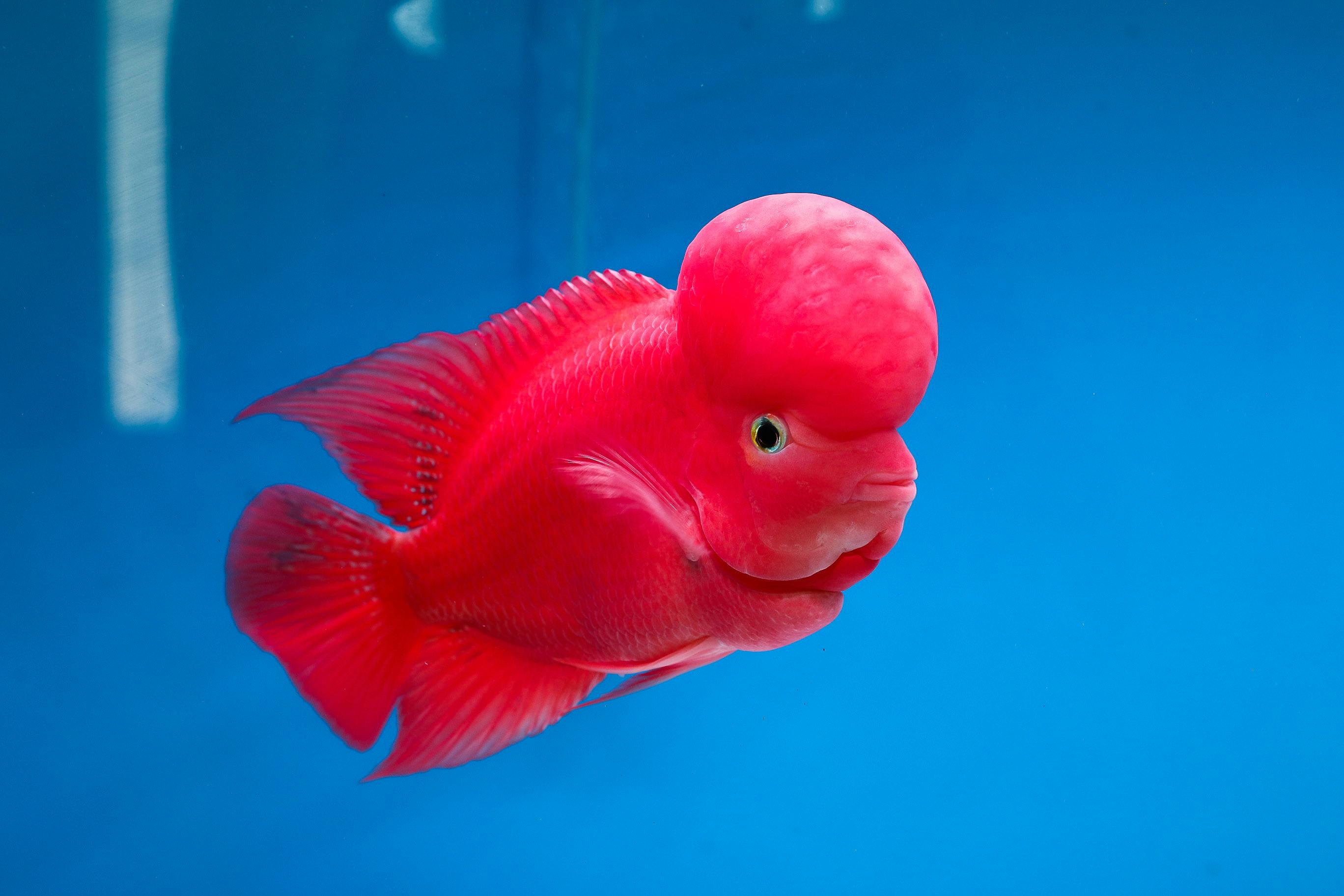Apply Now
Effective Ways to Manage Water Temperature for Betta Fish in 2025
Betta fish are popular pets known for their vibrant colors and unique personalities. However, proper care extends beyond feeding and tank accessories; one of the crucial aspects of betta fish care is maintaining the ideal water temperature. This article delves into effective ways to manage and optimize temperature conditions for bettas in 2025, ensuring a thriving aquatic environment that caters to their specific needs.
Understanding the optimal betta fish water temperature is pivotal for their health and well-being. Betta fish thrive in warm water, and consistent temperature management can prevent stress and enhance their activity levels. Additionally, the importance of water temperature becomes even more critical during breeding, as fluctuations can affect the success rate of reproduction. By exploring the necessary techniques to maintain a stable tank temperature, you will learn how to create a comfortable habitat for your beloved bettas.
In this guide, we will cover the following topics:
1. Understanding Betta Fish Temperature Requirements
2. Techniques for Heating Betta Fish Tanks
3. Implementing Effective Temperature Monitoring
4. Identifying Temperature-Related Stress Signs
5. Tips for Breeding Bettas in Optimal Conditions
6. Maintenance Practices for Stable Temperatures
By the end of this article, you'll be equipped with the essential knowledge to ensure the best aquarium temperature for your betta fish, fostering a healthy environment for their growth and activity.
Understanding Betta Fish Temperature Requirements
To create an ideal betta fish habitat, it is crucial to understand their optimal temperature range. Betta fish are tropical creatures that thrive in warmer waters, typically between 76°F and 82°F (24°C - 28°C). Maintaining a stable temperature within this range is necessary for their health, emphasizing the importance of appropriate water temp for bettas.
**Betta Fish Survival and Temperature**
Betta fish exhibit cold water tolerance but are not adapted to very low temperatures. Ideally, temperatures below 75°F (23.8°C) can lead to lethargy and stress, while exposed to temperatures exceeding 82°F (27.8°C) can lead to overheating and potential harm. Recognizing the consequences of temperature extremes is vital in promoting a long-lasting and healthy betta environment.
**Impacts on Betta Behavior and Health**
Temperature significantly influences not only their physical health but also their behaviors. Warmer temperatures often lead to increased activity, vibrant coloration, and comfort, while suboptimal conditions can trigger stress, reduced appetite, and even sickness. Monitoring these temperature-related factors ensures better betta fish care and encourages optimal growth.
**Aquatic Environment Influences**
In a natural setting, bettas typically inhabit shallow waters, which experience temperature fluctuations during the day. Understanding these environmental needs aids in replicating their habitat effectively in an aquarium setting. Hence, proper housing and temperature management of bettas ensure that they feel at home while providing the stability required for their physical well-being.
Building on these fundamentals, let's discuss the various techniques for heating your betta fish tanks efficiently.
Techniques for Heating Betta Fish Tanks
Heating your betta tank effectively is crucial for maintaining the ideal betta fish water temperature. There are several options available that can cater to the specific requirements of betta fish.
**Choosing the Right Aquarium Heater**
The first step in heating betta fish tanks is selecting an appropriate aquarium heater. Popular betta fish tank heaters include:
- **Submersible Heaters**: These are generally preferred as they heat the aquarium water evenly and can be adjusted to desired temperatures. They come in various wattages suitable for fish tank sizes.
- **Inline Heaters**: Often used for larger tanks; they heat the water as it passes through, providing efficient heating without taking up additional space in the aquarium.
- **Heating Mats**: These can be used under the tank or around it, providing gentle warmth from below without directly heating the water.
**Setting and Adjusting Temperature**
When setting up a heater, ensuring it is at an appropriate wattage for the tank size is essential. As a rule of thumb, use 5 watts per gallon (3.79 liters) of water. This ensures that your betta’s environment remains warm and conducive to their well-being. In addition, as temperature preferences may vary during feeding or breeding seasons, adjusting the heater can be beneficial.
**Using Thermometers and Controllers**
Equipping your tank with reliable thermometers and controllers allows for seamless temperature monitoring. Digital thermometers provide accurate readings, while control units allow for setting a specific temperature range, automatically turning heaters on and off as needed. Together, they ensure stable temperature management for bettas.
Taking these techniques into account, it is now essential to implement effective monitoring methods to maintain optimal water temperatures.
Implementing Effective Temperature Monitoring
Accurate monitoring of the betta fish tank temperature is fundamental to creating a safe and comfortable aquatic environment. Implementing a systematic approach to temperature checks minimizes the risks of temperature fluctuations.
**Best Techniques for Monitoring Water Temperature**
1. **Using Reliable Instruments**: Invest in high-quality thermometers that offer precision and durability. Stick-on thermometers, digital thermometers, and probe thermometers are popular choices among aquarists.
2. **Regular Monitoring Practices**: Consistently check the water temperature at different times during the day to identify fluctuations. A stable temperature signals that heating systems are functioning correctly and that the aquatic environment is well-maintained.
3. **Log Temperature Changes**: Keep a record of the temperature readings over time, noting any significant fluctuations. This documentation can be helpful in diagnosing potential heater malfunctions or environmental changes impacting the bettas.
4. **Utilizing Temperature Controllers**: Automated systems can manage heater settings, ensuring the water remains within the ideal temperature range. Such devices are beneficial for individuals who travel or cannot dedicate time to daily monitoring.
Monitoring temperature is not solely for maintaining comfort; it is also essential to identify and address temperature-related stress signs in your betta fish.
Continuing from our previous topics, let's focus on identifying important stress signs that may arise from temperature fluctuations.
Its part of generated content. Can i generate another part?

